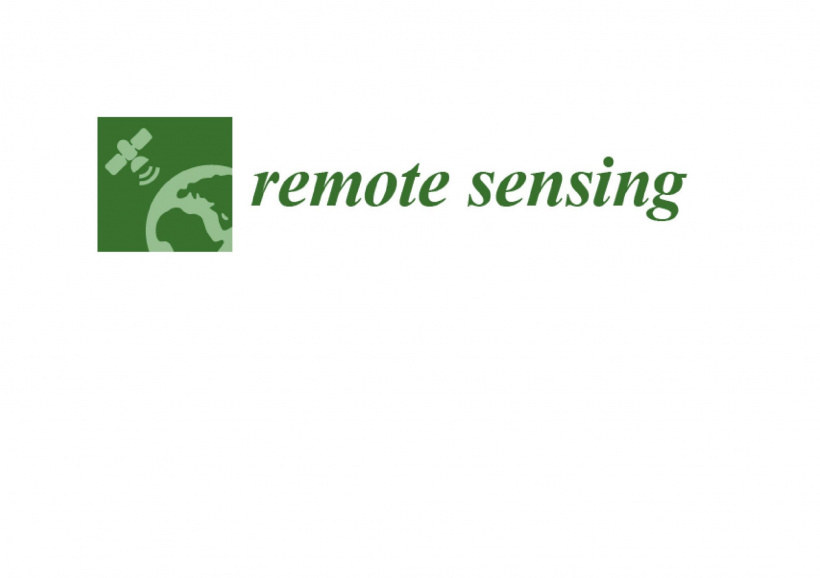Special Issue Editors
Guest Editor
Interests: seismic source; ground motion prediction
Special Issues and Collections in MDPI journals
Guest Editor
Interests: seismic source; seismic networks
Special Issues and Collections in MDPI journals
Guest Editor
Interests: seismic source; seismicity; seismic networks
Special Issues and Collections in MDPI journals
Guest Editor
Interests: active fault characterization, site effects studies, 3D geological modeling
Guest Editor
Interests: Seismic groud motion modeling, ground motion prediction, seismic hazard and seismic risck assessment
Special Issue Information
Earthquakes remain one of the greatest natural disasters for modern society. Therefore, realistic and robust ground motion modeling for future events is one of the most challenging problems in seismology and earthquake engineering. This topic includes the study of source effects (e.g., rupture directivity, complex source dynamics), fault characterization (slip-rate, fault length, fault throw, etc.), surface deformation studies (InSAR, PSInSAR, DInSAR), propagation ground motion phenomena (including atenuation, seismic energy channeling, scattering effects, seismic elastic and viscoelastic modeling, and inversion) due to complexity in Earth structure, and local site effects (site basin effects and 3D geological modeling, liquefaction, soil classifications, topographic effects, nonlinearity). We also solicit contributions on ground motion networks. The quantitative and reliable assessment of those phenomena requires monitoring from high-quality to low-cost dense seismic networks, as well as small to medium aperture seismic arrays and big data management and analysis.
Professor José Fernando Borges
Professor Bento Caldeira
Professor Mourad Bezzeghoud
Dr. João Carvalho
Dr. Alexandra Carvalho
Guest Editors
Manuscript Submission Information
Manuscripts should be submitted online at www.mdpi.com by registering and logging in to this website. Once you are registered, click here to go to the submission form. Manuscripts can be submitted until the deadline. All papers will be peer-reviewed. Accepted papers will be published continuously in the journal (as soon as accepted) and will be listed together on the special issue website. Research articles, review articles as well as short communications are invited. For planned papers, a title and short abstract (about 100 words) can be sent to the Editorial Office for announcement on this website.
Submitted manuscripts should not have been published previously, nor be under consideration for publication elsewhere (except conference proceedings papers). All manuscripts are thoroughly refereed through a single-blind peer-review process. A guide for authors and other relevant information for submission of manuscripts is available on the Instructions for Authors page. Remote Sensing is an international peer-reviewed open access semimonthly journal published by MDPI.
Please visit the Instructions for Authors page before submitting a manuscript. The Article Processing Charge (APC) for publication in this open access journal is 2000 CHF (Swiss Francs). Submitted papers should be well formatted and use good English. Authors may use MDPI’s English editing service prior to publication or during author revisions.
https://www.mdpi.com/journal/remotesensing/special_issues/Earthquake_Ground_Motion

